Advertisement
The SMARRT program, developed through a T32 grant from the NIH, promotes an entire curriculum of scholarship, training and mentoring for participants

After being awarded a prestigious T32 training grant from the National Institutes of Health, Cleveland Clinic’s Respiratory Institute, in collaboration with the Lerner Research Institute, has developed an innovative program with the goal of supplementing the education of postdoctoral trainees with a research training curriculum. The program, titled, “Supporting Multidisciplinary Achievement in Respiratory Research Training (SMARRT),” is specifically tailored for MD, PhD or equivalent degrees in the areas of pulmonary, allergy or critical care medicine, supports research in heart, lung, blood and sleep related disorders. This curriculum will help give participants the ability to rapidly translate scientific discoveries into better ways to diagnose and treat disease.
Advertisement
Cleveland Clinic is a non-profit academic medical center. Advertising on our site helps support our mission. We do not endorse non-Cleveland Clinic products or services. Policy
Consult QD had a chance to sit down with Raed Dweik, MD, the Principal Investigator of the T32 grant and Chair of the Respiratory Institute and Wayne Tsuang, MD, Staff Physician in the Respiratory Institute and one of the program’s collaborators, to learn more about the program, its development and its next steps.
The Respiratory Institute, in collaboration with the Lerner Research Institute, was awarded a selective and prestigious T32 training grant from the National Institutes of Health. This $1.6 million grant will enhance the recruitment and training of early scientists who will become future leaders in their fields. While most NIH funding supports a specific scientist or small group of scientists, what makes this grant special is that it supports an entire program of scholarship, mentoring and training for selected trainees.
The U.S. has seen a 30% increase in respiratory related mortality over the past 20 years. This statistic is from before the onset of the COVID-19 pandemic and is now likely higher. The pandemic clearly highlighted a need for physician and scientist leaders to be in laboratories rapidly developing vaccines, in hospitals quickly facilitating clinical trials or in public health forums creating policies to guide communities.
In response to this need, the National Institutes of Health, in coordination with the U.S. Congress, has long supported the training of early scientists so that there is a continuous pipeline of bright and capable investigators to lead our nation’s medical workforce. Given the long history of collaboration, the many shared resources between the Respiratory Institute and Lerner Research Institute and the mission of scholarship of the Cleveland Clinic, we felt we were ideally positioned to answer the call to train leaders and independent scientists.
Advertisement
The Cleveland Clinic has had a long-term commitment to the training of both clinical and basic science investigators, starting with our research focused medical school to our highly successful NIH KL2 program for junior faculty. This T32 SMARRT program fills an important gap in our research training portfolio. As we designed our program, we borrowed best practices from our existing innovative and highly successful medical school, residency program, research education programs and our KL2 junior faculty program. We have also incorporated proven strategies from published national studies on mentorship and approaches recommended by these studies to attract and retain promising young trainees
Trainees will stay in the program for two to three years. The goal is to help prepare trainees for independent research grants and to become leaders of research teams. Ultimately, PhD, MD or MD/PhD scientists will learn to work with each other, rely on each other for expertise, and use cutting edge tools from both clinical and research areas to develop novel approaches for respiratory, critical care and allergy problems of patients. This program includes high standards of research that spans the entire spectrum comprising fundamental discovery science, early translational research, clinical investigations and population science research, thereby moving fundamental discoveries into clinical and public health practice in real-world settings. Trainees will be engaged in experimental approaches, form mentor-trainee relationships and gain additional research experience needed to enhance competitiveness for subsequent independent research and career development awards.
We had close collaborations with Serpil Erzurum, MD, Chief Research and Academic Officer of Cleveland Clinic, Christine Moravec, PhD, Director of Research Education and Training for the Lerner Research Institute, Mitchell Olman, MD, Professor of Medicine and Pulmonary Staff in the Respiratory Institute, Mark Aronica, MD, Vice-Chair of Allergy & Immunology in the Respiratory Institute and Rendell Ashton, MD, Pulmonary & Critical Care Medicine Fellowship Director.
SMARRT collaborates closely with other T32 training programs here at Cleveland Clinic which include Molecular Medicine, Digestive Diseases and Kidney Medicine. We are unique in our focus on respiratory diseases, critical care or allergy. Trainees have access to resources, mentors and collaborators across the Cleveland Clinic enterprise.
Erica Orsini, MD, is a graduate of the Respiratory Institute’s Critical Care Medicine Fellowship Program. She is working with Rachel Scheraga, MD, on translational work investigating the interaction between Pseudomonas aeruginosa virulence factors and immune cell mechanoreceptors to better understand mechanisms of lung injury during bacterial pneumonia. She is enrolled in the PhD program at the Lerner Research Institute.
Catherine Heinzinger, DO, is a graduate of the Neurological Institute’s Sleep Medicine Fellowship Program, and she is working with Reena Mehra, MD, on discovery of biomarkers of sleep disordered breathing and sleep disruption as preventive targets and mechanistic players in the development of atrial fibrillation. She is writing a proposal for a translational project investigating the impact of sleep disordered breathing on heart tissue and metabolomics. She is enrolled in the Master of Science in Clinical Research program at Case Western Reserve University.
There are three overarching end-goals:
1) To provide early scientists with multidisciplinary didactic research training, coupled to a team mentored research experience.
Advertisement
2) To enhance the ability of young scientists to work as part of an integrated, multidisciplinary team by developing a knowledge base and skills in research methods, communication skills, professionalism, the ethical conduct of research and rigorous analysis of reproducible findings.
3) To recruit, retain and accelerate the independent career development of a pool of early investigators with the multidisciplinary skills necessary for an independent research career in basic, clinical, translational or population health research.
Our hope is that the participants in this program will go on to become leaders in their fields and in our nation’s scientist workforce. They will have the knowledge and skills to pursue outstanding cutting-edge research careers and will be able to recognize the importance of different research paradigms, ranging from molecular medicine to public health sciences, for rapidly translating scientific discoveries into better clinical diagnostics and therapeutics.
This T32 SMARRT program is currently accepting applications for trainees who would start July 1, 2022. Please reach out to dweikr@ccf.org.
Advertisement
Advertisement

VOC analysis could provide biological insight into risk factors associated with CDI
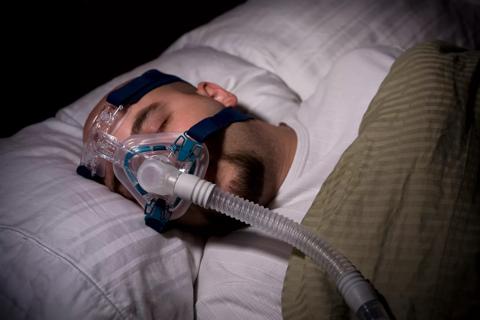
A review of conservative, pressure-based and surgical treatments for OSA
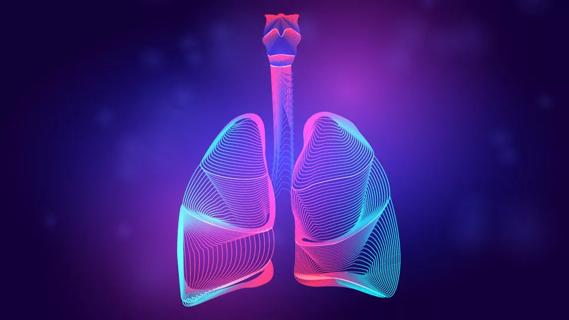
Volatile organic compounds have potential in heart failure diagnostics
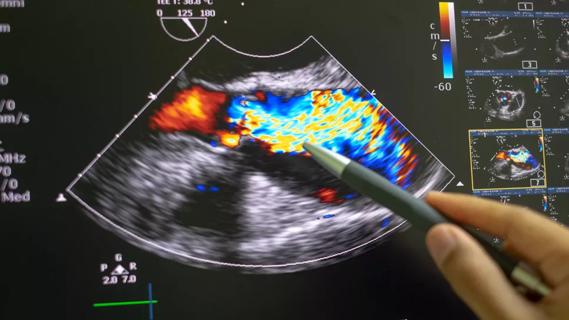
Insights for diagnosing, assessing and treating
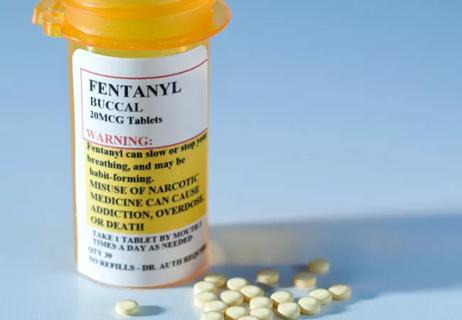
Two NIH grants are looking at developing new antidotes against fentanyl overdose
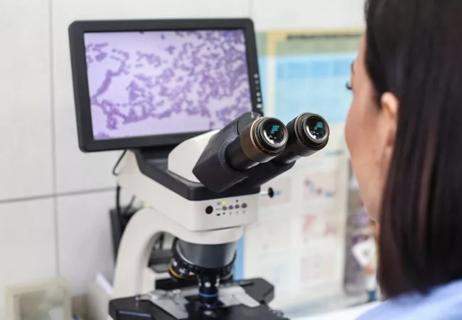
Exploring the responses to medications and other supportive therapies

A set of graphs helps quantify the expected changes in forced expiratory volume at one second (FEV1), forced vital capacity (FVC) and FEV1/FVC ratio with the new race-neutral equation
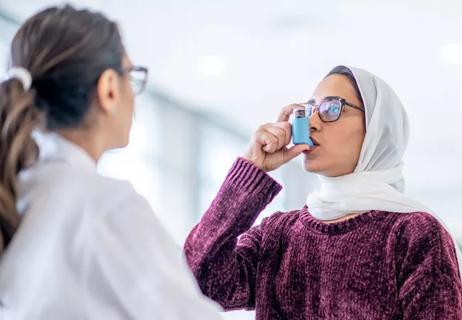
Because of the associated symptoms, a multidisciplinary approach to care is essential